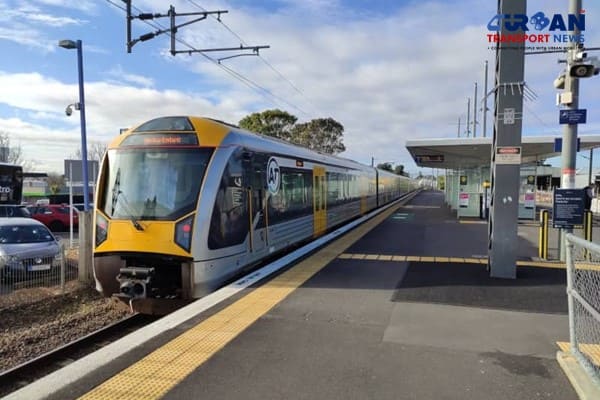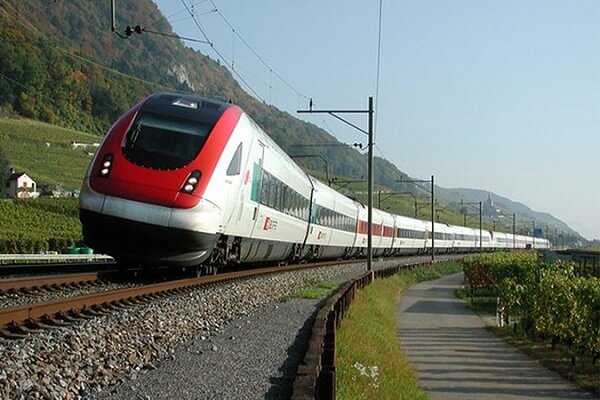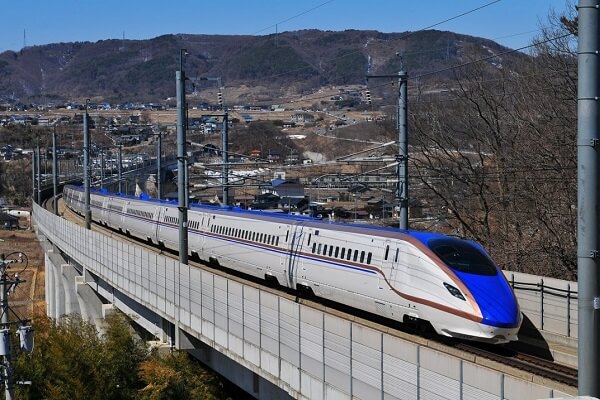 Siemens Mobility revolutionizes Copenhagen's S-bane Network with Driverless Technology
Siemens Mobility revolutionizes Copenhagen's S-bane Network with Driverless Technology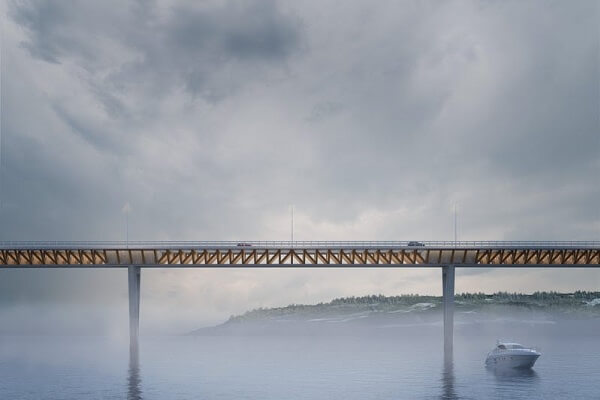 Unlocking prosperity between India and Myanmar: The Kaladan Multi-Modal Transit Project
Unlocking prosperity between India and Myanmar: The Kaladan Multi-Modal Transit Project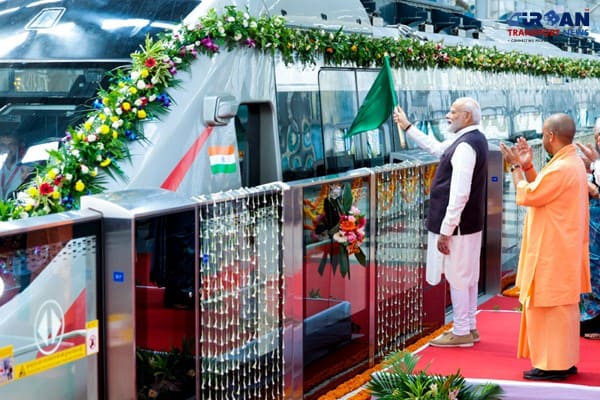 Is the RRTS Truly Accessible to the Common Man or Only the Privileged?
Is the RRTS Truly Accessible to the Common Man or Only the Privileged?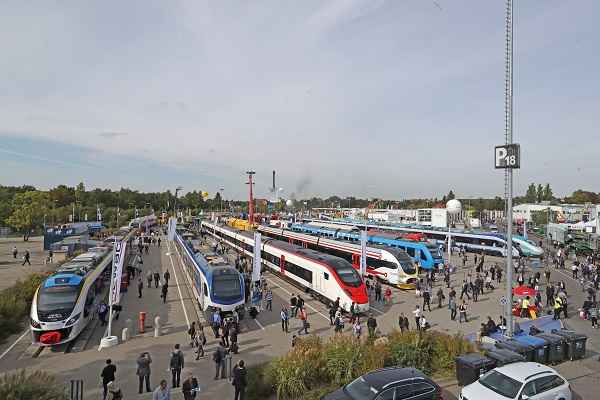 Alstom sold its Rail Signalling Technology Business to Knorr-Bremse for €630 million
Alstom sold its Rail Signalling Technology Business to Knorr-Bremse for €630 million Vensa Infrastructure wins ₹412.58 crore civil contract for Hisar Airport
Vensa Infrastructure wins ₹412.58 crore civil contract for Hisar Airport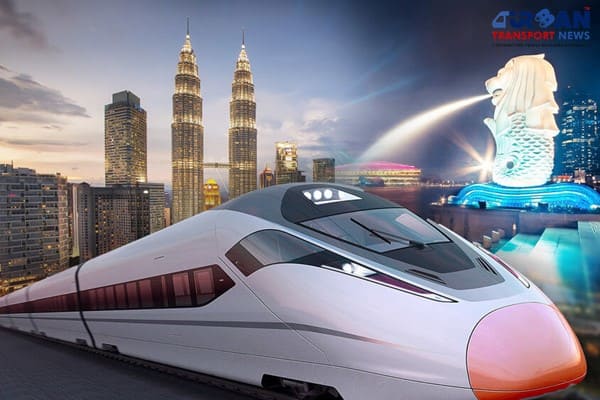 Kuala Lumpur-Singapore high-speed rail project cost could be slashed to RM70 Billion
Kuala Lumpur-Singapore high-speed rail project cost could be slashed to RM70 Billion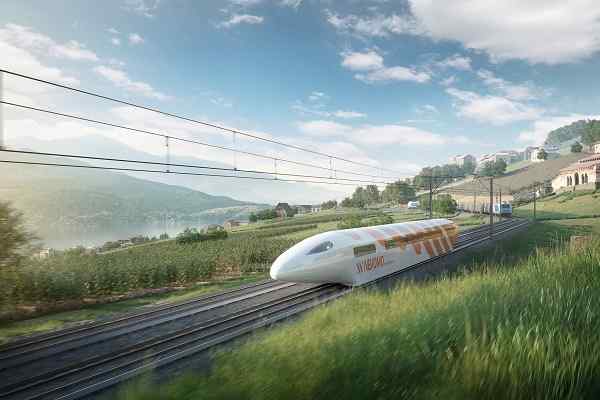 Nevomo's MagRail Technology Selected for Hyperloop Freight Demonstrator
Nevomo's MagRail Technology Selected for Hyperloop Freight Demonstrator Russia signs deal to procure bullet trains for Moscow - St. Petersburg high-speed line
Russia signs deal to procure bullet trains for Moscow - St. Petersburg high-speed line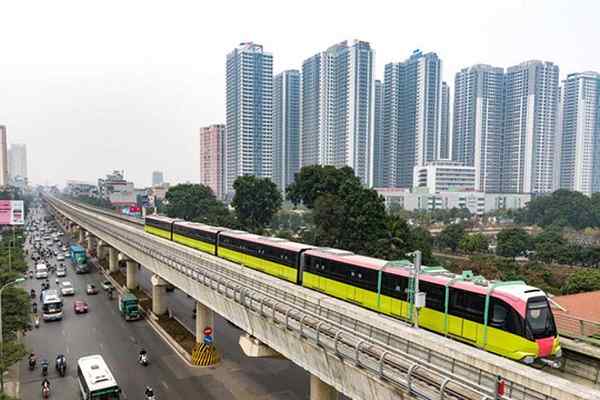 Vietnam plans new metro rail lines to replace its BRT systems in Hanoi
Vietnam plans new metro rail lines to replace its BRT systems in Hanoi 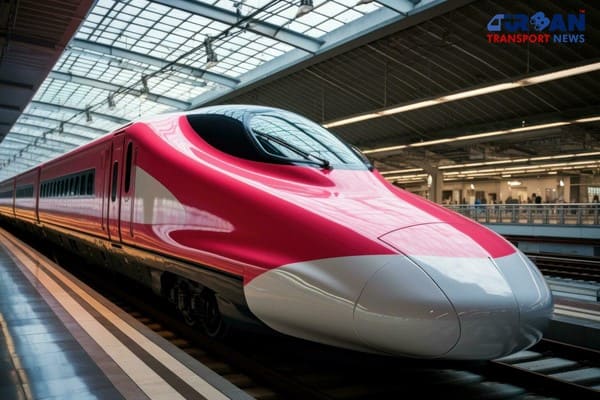 Revolutionizing Indian Railways: The Rise of Indigenous High Speed Bullet Trains
Revolutionizing Indian Railways: The Rise of Indigenous High Speed Bullet Trains
Public-Private Partnership can help transform India and make Indian Railways a global leader
NITI Aayog CEO discussed about how Indian Railways can emerge as a key driver of the Indian economy?
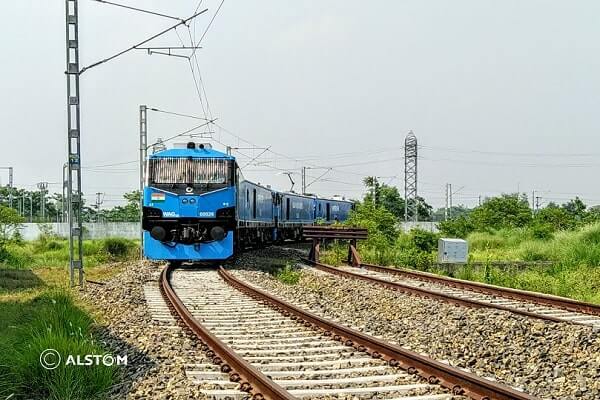
Since the first passenger train chugged out of Bombay in 1853, Indian Railways has gone on to employ over 1.2 million people and generate approximately Rs 2 lakh crore annually. Not to forget the extraordinary scale of Indian Railways—its network spans around 68,000 route kilometres! Undisputedly, the Indian Railways is a major contributor to jobs, GDP, and mobility.
It is, however, due for modernization and increase in capacity to become a key driver of India’s growth in the post-Covid era. In fact, given its size, scale and scope, modernization will make the entire travel experience not just palatable, but also world-class. High quality in transit experience needs to be supplemented by best-in-class railway stations. All this will transform the overall experience of the common man.
Efficient and optimal use of the railways could add up to 1% to India’s GDP. The Government of India cannot conduct this massive operation alone; it needs to involve the best resources via public-private partnership (PPP) to help bring in the latest technology, leading practices and efficiencies. In 2018–19, the reserved passenger volume was 16% of the total originating non-suburban passengers (3.65 billion). In a telling statistic, almost 8.85 crore of waitlisted passengers could not be accommodated in 2018–19, which needs to be rectified.
The recent opening up of public-private partnership (PPP) opportunities by Indian Railways is a clear indicator that a reform-driven agenda is being implemented. It is a controlled foray into PPP, where market forces will help enhance the quality of services and in-transit experience, without the Government relinquishing control over public safety and security.
The purpose of PPP in certain routes is to facilitate the introduction of new technology, provide high-level service and reduce travel time. With the imminent commissioning of Dedicated Freight Corridors and other infrastructure development, it is likely there would be the availability of additional paths for operation.
The broad contours of the proposal feature a list of 109 pairs of routes through 151 trains (rakes), divided into clusters with at least 12 rakes to be operated. Journey time will be, within a range of 10%, similar to the fastest Indian Railways train on that path. Proposed routes for long-distance travel include Delhi–Mumbai, Delhi–Chennai, Mumbai–Chennai, and others. This is a follow up of last year’s launch of the IRCTC-run Tejas Express on the Lucknow–New Delhi and Ahmedabad–Mumbai routes, along with the Kashi Mahakal Express plying on the Varanasi–Indore route.
Critically, Indian Railways will be non-discriminatory in its treatment towards trains operated under PPP. No similar regular train scheduled will depart within 15 minutes of the PPP-operated train on the same origin route, and the PPP operator will be responsible for maintaining its trains.
Safety certification of the rakes will be in line with all safety and security parameters laid down by Indian Railways. The concession period will be for 35 years, and the PPP operator may procure its trains and locomotives as per its choice as long as they are compatible with predetermined specifications and standards. With regard to introducing new rolling stock, the validation will be done by an accredited independent safety assessor on an Indian Railways track, until such time RDSO adopts testing norms as set out in UIC 518 or other internationally accepted norms.
The broad objectives of this proposal are to bring in PPP operators to finance, procure, operate and maintain the allocated trains. Indian Railways will be paid predetermined haulage charges, among other payments such as energy charges as per actual consumption, and a share in gross revenue as determined through a transparent bidding process.
This is expected to bring in cutting-edge technologically advanced rolling stock, shorter journey times, enhanced job growth, better safety, and best-in-class service standards. And, crucially, bridge the demand-and-supply deficit for passengers. It is expected that the investment from the PPP will be in the range of Rs 30,000 crore—all in a Make in India–led growth strategy.
PPP has been actively deployed as a mechanism in Europe and Japan. In Germany, the Deutsche Bahn has gone the autonomous entity way. In fact, it been divided into two distinct entities: DB Netz for infrastructure and DB AG as operator, which remains state-owned and continues to operate most inter-city services. Entities in Britain and Italy too have gone the PPP way, while Japan has made several forays into PPP in its rails and stations. In the 1980s, seven for-profit companies were made as a result of the bifurcation of Japan Railways under the PPP umbrella.
The other key initiative is the redevelopment of railway stations through a PPP model, remaining cost-neutral to Indian Railways. Initially, 50 stations will be bid out and funded through land monetization as well as user charges. The modernization and redevelopment of stations will be conducted primarily through Indian Railway Stations Development Corporation Limited, Rail Land Development Authority and other Central Government entities. The PPP basis is under the Design, Build, Finance, Operate and Transfer (DBFOT) model. The lease period of the land has been notified to allow an increase to 99 years for residential development around the railway stations as part of the project, and commercial development to 60 years. To add to the viability of this project, all clearances will be single-window, and plans will be approved in consultation with urban local bodies and authorities to ensure a collaborative exercise.
It entails utilizing the potential of real estate for excess land and air space in and around the stations for development through PPP. Comprehensive techno-economic feasibility studies of stations across the country are and will continue to be conducted. Already, development at Gandhinagar and Habibganj railway stations is at an advanced level, expected to be completed by the end of the year. The redevelopment of Anand Vihar, Gomtinagar, Bijwasan, and Chandigarh railway stations has already been agreed to and work is commencing.
The 50 big stations have been planned to be bid out through the PPP route aimed at bringing in investments exceeding Rs 50,000–60,000 crore, and a paradigm shift in the travel experience. While 8 stations have been bid out, the two large stations of New Delhi and Mumbai will be in the market soon. The balance of 40 stations are expected to soon hit the market.
In any structural reform of this nature, there will be challenges. One of the primary challenges will be independence of adjudication in matters of dispute. An independent regulator could go a long way towards allaying concerns of equitable treatment in the minds of PPP operators and ought to be considered strongly. Other issues that could factor in will be the pricing strategy in order to remain competitive yet stay profitable, given the competition through air, road, and to some extent, water transport. It will be important to address the challenges in order to ensure this is a successful and sustainable model.
The introduction of PPP into Indian Railways is a welcome step and can lead to the kind of reforms that can help transform India and make Indian Railways a global leader.
(This article has first appeared in TOI)





